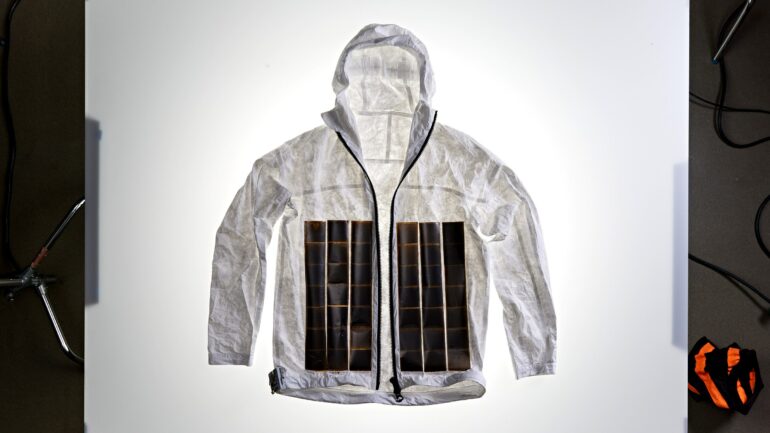A study developed by researchers from the Universitat Politècnica de València (UPV), associated with the Nanophotonics Technology Center (NTC) and the company DAS Photonics, promises to revolutionize the design of so-called invisibility cloaks. With their proposal, these cloaks will no longer be so invisible. And the key is simple: applying diffraction tomography techniques to detect these devices. Their work has been published in the journal Laser & Photonics Reviews.
According to the Valencian researchers, invisibility cloaks have become one of the most prominent advances among the wide range of applications in the field of metamaterials. Until now, most of the efforts in invisibility science have been devoted to achieving practically realizable cloak designs and improving the efficiency of these devices.
“However, little attention has been paid to the opposite side of the technology: the development of more effective techniques for detecting such invisibility devices. This is the focus of our study, which will rethink the design of these cloaks, as it will significantly facilitate their detection. And all thanks to diffraction tomography,” explains Carlos García Meca, Research Director at DAS Photonics.
Regarding the applications of the proposal emerging from the NTC laboratories, the team of Valencian researchers stresses that it would cover multiple fields.
“One of them would be the ability to ensure the proper use of the electromagnetic spectrum to allow the detection of the presence of hostile agents, despite the use of countermeasures by the latter to avoid it. Consider, for example, a soldier using an invisibility cloak to conceal a small observation post and remain undetected by standard detection methods. The technique we have developed would make it possible to identify him,” explains Carlos García Meca.
Much more information thanks to tomography
So far, evaluating the performance of invisibility cloaks is based solely on adding up all the energy re-emitted by the cloak when it is illuminated. “What is done is to estimate all that energy re-emitted in all possible directions, so the resulting value determines the cloak’s performance. If the number is deficient, the layer is considered very good; if it re-emits a lot, it does not make the object to be hidden invisible,” explains Fran Díaz, a researcher at the UPV’s Nanophotonic Technology Centre.
The proposal presented in their study by the NTC-DAS team provides much more information about the layers. The tomography sheds light on the optical properties of the analyzed area. Using different illumination angles, this technique intelligently processes previously ignored information (phase and scattered field distribution), thus obtaining a map of the object’s refractive index.
“In this way, we drastically improve detection sensitivity, and we can even image the invisibility cloaks, with their size and shape. This makes the cloaks more easily detectable. Therefore, with this technique, invisibility cloaks are no longer so invisible,” says Fran Díaz.
According to the Valencian researchers, this method could also be extended to detect acoustic invisibility cloaks. The team’s work from the Nanophotonics Technology Centre of the Universitat Politècnica de València and DAS Photonics has also been selected for the inside cover of Laser & Photonics Reviews.
More applications in electronic warfare and biomedical imaging
Since diffraction tomography represents a much more demanding test for evaluating the performance of invisibility cloaks, this new detection technique could lay the foundation for a unique design and characterization standard for such devices.
Moreover, this new finding opens up a range of potential benefits in various fields, from fundamental advances in invisibility science to technological applications in signal intelligence and electronic warfare and even biomedical imaging. In this sense, the study by DAS Photonics and UPV researchers suggests that invisibility layers based on so-called “scatter cancelation” could be applied to improve the resolution of tomographic techniques when imaging clusters of small particles.
More information:
Francisco J. Díaz‐Fernández et al, Imaging Cloaked Objects: Diffraction Tomography of Realistic Invisibility Devices, Laser & Photonics Reviews (2022). DOI: 10.1002/lpor.202200237
Provided by
Universitat Politècnica de València
Citation:
A new technique to detect invisibility cloaks (2023, June 13)



